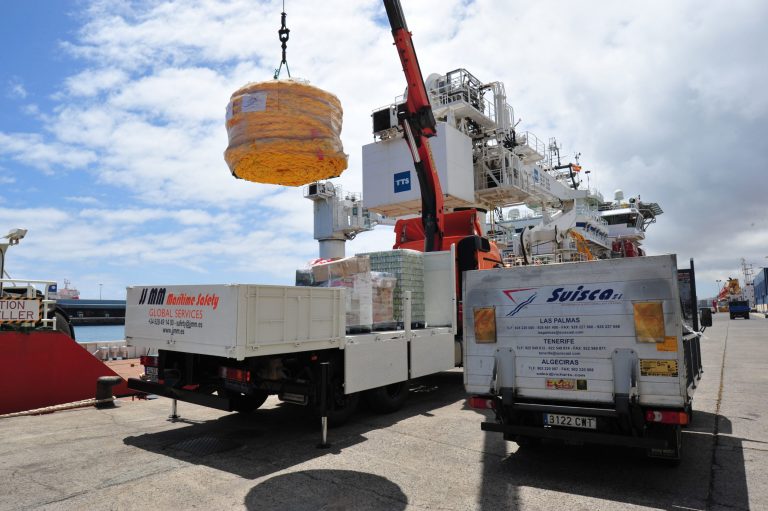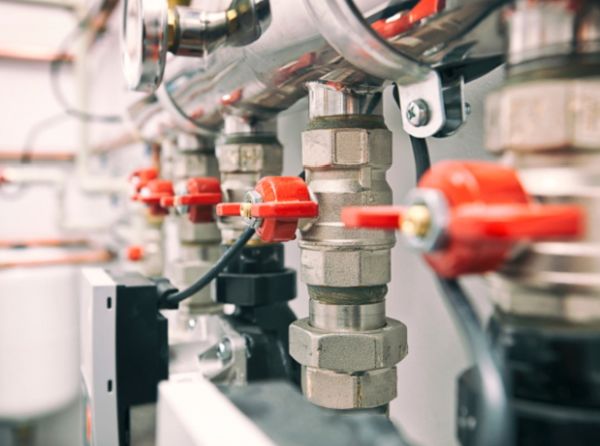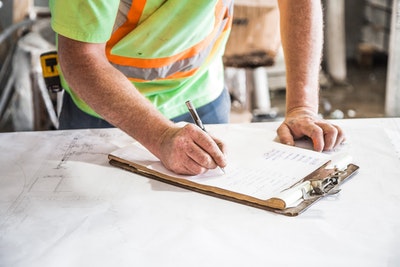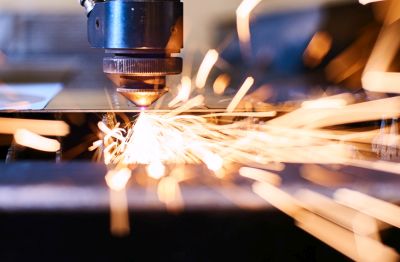What is Die-Cutting?
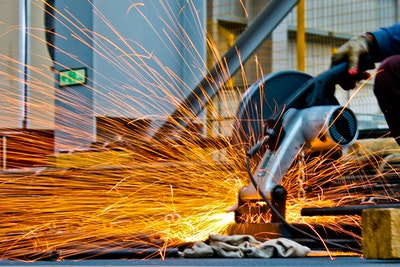
Die-cutting is a term that can be used in crafting, but it’s also essential in manufacturing. In the context of manufacturing, die-cutting uses engineering to cut a variety of materials into specific shapes.
Die-cutting is used in industries including packaging, tags and labels, towels and tissues, metals, and more.
If you have a business, die-cutting, particularly within the manufacturing framework, could be a relevant concept for you to understand.
With that in mind, the following are key things to know about die-cutting, how it works, and its implications.
What is a Die Cutting Machine?
Die-cutting machines, as was briefly touched on, can cut different materials such as metal, paper or fabric, into a particular shape. There are industry and commercial cutting machines, and personal machines are used a lot in crafting.
In crafting, people use die-cutting machines at home for party decorations, quilts, cards, and scrapbooking.
In either commercial or crafting applications, the benefit of a die-cutting machine is the ability to keep cutting the same shape over and over again for consistency, reduced mistakes, and time savings.
In the commercial environment, die-cutting fabrication uses specialized tools and machines to take stock materials and customize them.
The die is the main component used. The die is a piece of metal tooling that’s somewhat like a cookie cutter.
Die-cutting can be used in both low- and high-volume manufacturing.
Die Cutting Manufacturing Processes
Some of the die-cutting manufacturing processes that are available include:
- Flatbed die-cutting: This is simple, and it’s a versatile solution for any material. With this, a machine will raise and lower the die tool onto the material that’s being cut.
- Rotary die process: A rotary die manufacturing process is used for fabrication. It tends to be suitable for high-volume orders. With this particular method, a machine is fed rolls of material, which are sent through the die. The die cuts the shape and discards the waste.
- Waterjet cutting: In this manufacturing process, a computer controls what’s called a hydro-jet cutter, directing a stream of pressure to create a part.
- Laser-cutting: This process is similar to waterjet die-cutting. You add the input for the component into a computer that is connected to the laser die cutter.
Which Manufacturing Process is Right For You?
The hardness of something called an elastomer is an integral part of the process of die-cutting in manufacturing. If you have a more rigid elastomer, then something like flatbed die cutting can be well-suited to your project.
If you have softer materials, it might be recommended to go with laser cutting or water jet.
Cutting Operations
There are different cutting operation options available with die-cutting.
These are:
- Through cutting: This is also called metal-to-metal die-cutting. This allows for cutting to go through the entire material. This might be relevant if you need something with an adhesive backing, for example.
- Kiss cutting: The kiss cutting method cuts a design through the face, and perhaps if relevant, the adhesive layers, but it doesn’t go through the backing.
- Perforating: With this method, the design doesn’t entirely separate from your stock material, but it can be detached if needed.
- Scoring: There’s an impression left with this method instead of cutting through a stock material.
- Creasing: With this option, the material is reshaped, so it has an inward bend. Then, the material can be folded with less stress on each point.
Why Would Your Business Need Die Cutting?
There are a lot of reasons a business might need die-cutting.
One of the big ones is for your packaging.
For example, you might want flexible packaging like coating or laminating.
You can easily cover delicate materials with packaging through the use of die-cutting.
Food and beverage products need this kind of packaging.
Another type of packaging is corrugated. Corrugated packaging is cost-effective and durable.
Tags and labels are also a business application for die-cutting.
When you use die-cutting for business purposes like packaging, tags, and labels, you get a unique design and you can set yourself apart from the competition with your shapes and designs. You can add dimensional objects or do things a little differently from your competitors.
You can also make your products more compelling through customization, and they can be more engaging.
Finally, die-cutting is efficient, with less wasted materials.
If you think this technology and methodology could be right for a project you have, it’s advisable to contact specialists who can help you find out more about what you need to get started and your options.


